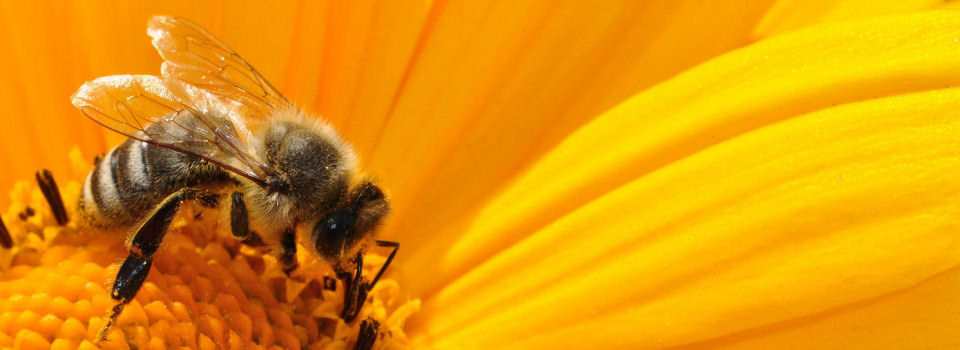Imagine grandma’s cooking: she always gets the results right because her recipes are perfect. She knows exactly what amounts of sugar and flour to use. Even if the scales she uses haven't even been checked in decades, her classic recipes can fail. We calibrate to ensure that the tools we use are accurate, like Grandma's old scales. Let's read more about Calibration.
How can we define calibration in more detail? Imagine a book-loving librarian who wants to accurately locate every title on the shelves. If the library decides to change their system, then someone must go check every book's location against the updated system. The calibration process is similar. You compare the values your instrument returns with what you know to be correct. Assuring we're flying in the dark is what calibration does.
Wondered why it says 80 on your digital thermostat when the weather feels colder than a tundra. Your digital thermometer might be out of calibration. The idea is to match what it says with what you are already aware of, just like matching puzzle pieces on their boxes.
Do not let yourself get lost. As complicated as a spaghetti junction, the details of calibrating can be. Calibration can be done periodically, after a particular period of use. As a car pit stop, it is important to ensure that performance and reliability are maintained.
Occasionally you may have to modify a gadget. This is not a simple check; calibration also includes adjusting. Then, by comparing the readings of the device to a benchmark you can make any necessary adjustments. Just like tuning a guitarist, you twist and pluck until the tune is just right.
Precision will win the day. If you make a mistake, things could go horribly wrong. You can imagine engineers firing rockets. What if the instruments of their rockets were off by only a tiny amount? Catastrophic, is what I would call it. Thus, accuracy is transformed from being a preferred option to becoming a lifeline.
And what would a machine be without its gears? There's no way to just calibrate anything. The ultimate truth is revealed by calibration standards. Instruments which are traceable back to established standards – such as those maintained by national institutes or other recognized bodies – are considered gold. This allows for the traceability to be ensured, so that instruments are singing off of the same hymn-sheet.
The calibrations are performed by who? No random Joe from the street. You have certified technicians working often under an accredited laboratory. This is your team of instrument specialists, equipped with the latest technology and an abundance of experience. If your pressure gauge isn't performing as expected, you can turn to them.
In industries ranging from manufacturing to healthcare, it is not possible to just wing things. You can't afford to wing it in any industry. You don't need to mention aviation. WHISKER must be exact on each instrument, otherwise lives are at risk.
The calibration process isn't all about fairy dust. The instruments you use work. This is where you roll up your sleeves to do some math and ensure that every reading comes out as crisp as a drummer. The job is serious, but, hey, somebody has to do this!
Yet, all is not lost. If you have a pressure cooker with an incorrect calibration, it could burn the stew. But what if yours is calibrated properly? Everything goes smoothly. Give calibration its proper due. It is the backstage team that runs the show, and they are unsung heros who make sure that all measurements are accurate.
Remember the magic of calibration next time that you rely on a digital thermometer or scale. The calibration is vital, as without it everything can be a random guess.

